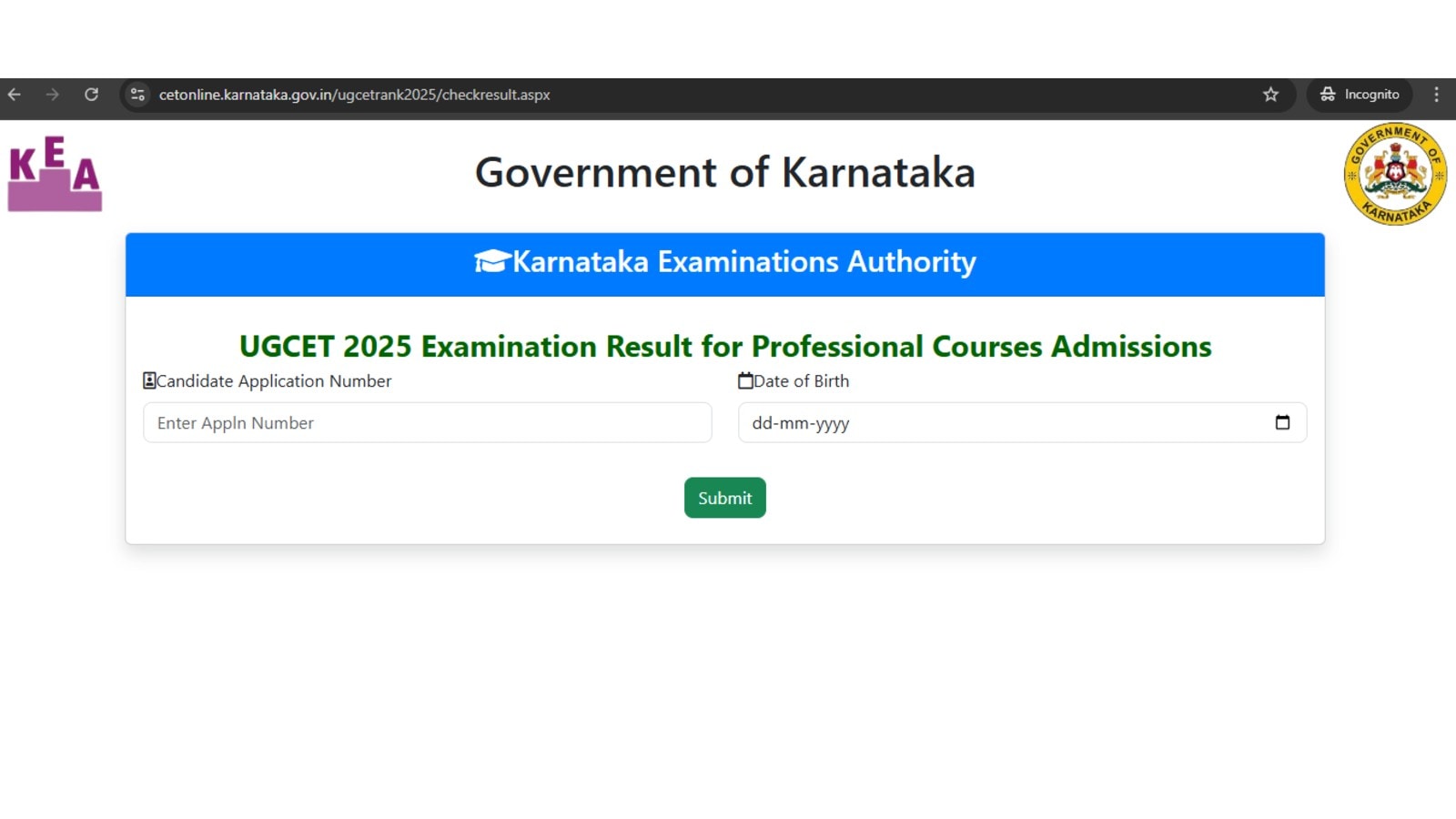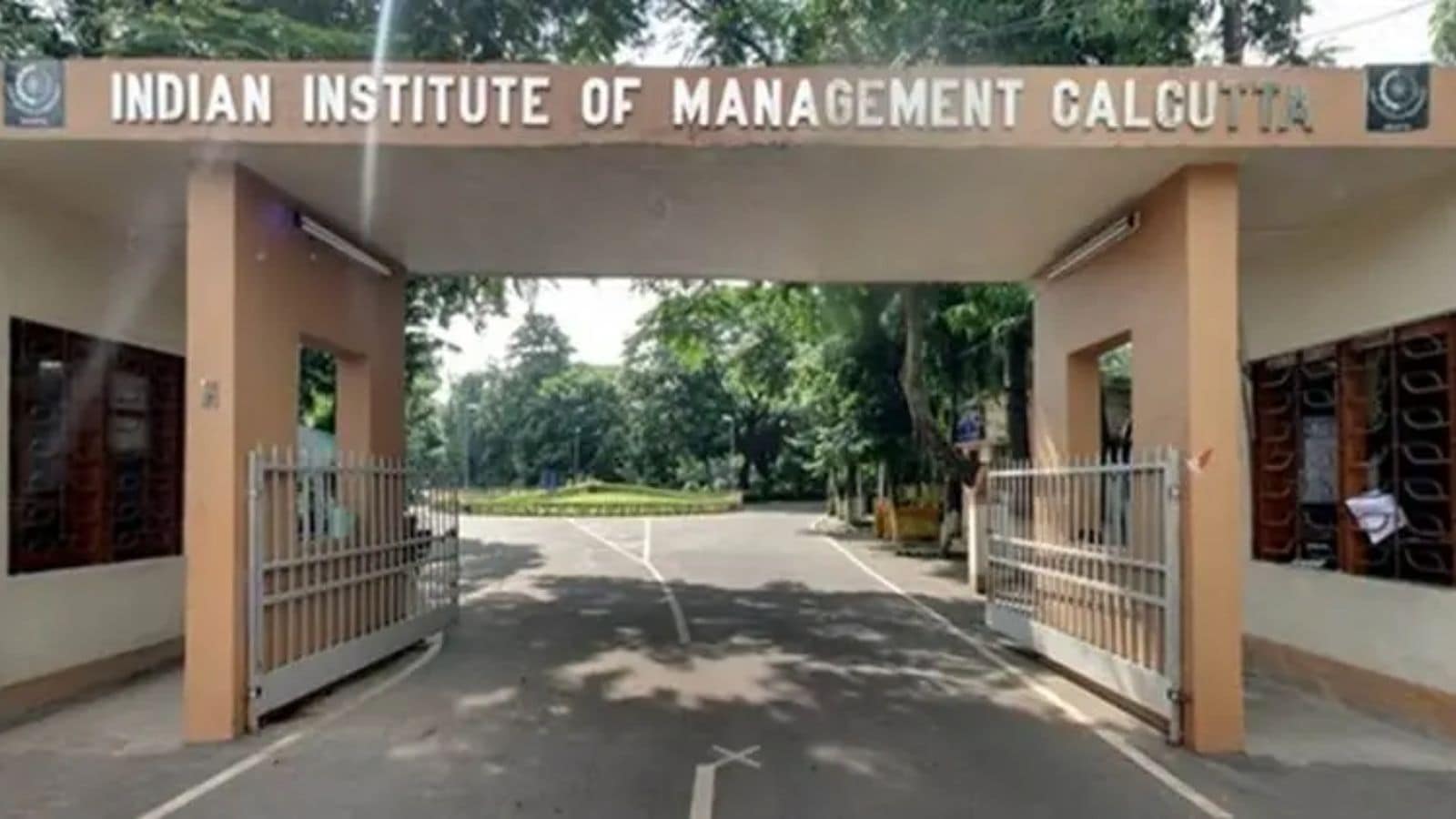JEE Advanced 2025 Difficulty Level, Section Wise Paper 1 and Paper 2 Analysis: The Indian Institute of Technology, Kanpur on May 18 concluded the Joint Entrance Examination Advanced (JEE Advanced) 2025. The Paper 1 was conducted in the morning shift from 9 am to noon, on the other hand, the JEE Advanced paper 2 was held in the afternoon from 2:30 pm to 5:30 pm. This year, a total of 1,87,223 candidates, comprising 1,43,810 boys and 43,413 girls, appeared for JEE Advanced 2025.
According inputs from experts and candidates, mathematics was the most challenging paper, while chemistry and physics closely following a similar pattern.
JEE Advanced 2025 Analysis: How was this year’s paper?
According to Ramesh Batlish, senior JEE expert at Aakash Invictus, the overall difficulty level of Paper 1 ranged from moderate to difficult, with mathematics emerging as the most challenging section.
Similarly, according to Ujjwal Singh, Founding CEO of Infinity Learn by Sri Chaitanya, JEE Advanced 2025 was slightly more difficult overall compared to last year. In the morning session (Paper 1), Mathematics was the most time-consuming section, while Physics was of moderate difficulty, and Chemistry was relatively easier. The overall pattern remained largely unchanged.
In the second sitting (Paper 2), Singh noted that the difficulty level was higher, especially in Physics, which had more conceptual and lengthier questions than in the first paper. Chemistry remained moderate but had greater emphasis on Organic Chemistry. Mathematics again demanded in-depth conceptual clarity and involved several computationally intensive problems. Singh added that due to the increased difficulty in both Physics and Mathematics, subject-wise and overall cut-offs may slightly decrease compared to last year.
Here’s a detailed subject-wise analysis
Chemistry: Easy to moderately difficult
Students claimed that chemistry leaned towards easy to moderate difficulty, but the section lacked balance. Organic chemistry had a heavier weightage, with questions from topics such as amines, oxygen-containing compounds, polymers, and named reactions.
Inorganic chemistry was minimal, though questions like those from coordination compounds were directly from the NCERT. Physical chemistry included electrochemistry, thermodynamics, atomic structure, and equilibrium. Some mixed concept questions were also observed.
Story continues below this ad
Physics: Balanced and moderate in difficulty
Physics was regarded as well-balanced and of moderate difficulty. Key chapters included kinematics, modern physics, electrostatics, rotational motion, capacitors, current electricity, and optics. The weightage was fairly distributed across various units, and most questions were conceptually driven without being too lengthy, as per student feedback.
The majority of the questions were numerical in nature, requiring conceptual clarity and moderate calculation skills, claimed Ajay Sharma, National Academic Director, Engineering, Aakash Educational Services Limited. A JEE expert from Vidyamandir Classes, claims that Physics section was moderate, however, it had some questions which were on the higher level.
Mathematics: Lengthy and challenging
Mathematics emerged as the toughest section for most students, with questions from definite integrals, functions, limits, matrices, and statistics. Higher-order topics such as probability, complex numbers, circles, ellipses, permutations & combinations, and 3D geometry also featured prominently.
Ajay Sharma claimed that the JEE Advanced 2025 Paper 1 was relatively manageable, while the paper 2 was significantly more challenging, with many lengthy and calculation-intensive problems. Time management was a crucial factor in this section. Several questions were reported to be lengthy and time-consuming, demanding more effort, compared with those in physics and chemistry.
Story continues below this ad
JEE Advanced 2025 exam pattern: What was different this year?
Dr Brajesh Maheshwari, Director of Allen Career Institute, remarked that Paper 1 was easier, while Paper 2 turned out to be lengthy and relatively more difficult. According to him, Physics and Mathematics in both papers posed a significant challenge, while Chemistry was calculative in nature.
He highlighted an important structural change: This year, each paper had 48 questions—16 from each subject—which is a shift from last year’s 17 questions per subject. The total marks for each paper remained unchanged at 180, summing up to 360 marks for both papers combined. Another shift was the increase in the number of integer-type (numerical) questions, particularly in Paper 2.
Paper 1 exam pattern:
The total marks for Paper 1 were 180, divided equally across Physics, Chemistry, and Mathematics, with each subject carrying a maximum of 60 marks. Each subject included four sections:
–Section I (Single Correct MCQs): 4 questions, +3 for correct answer, -1 for incorrect, 0 for unattempted.
Story continues below this ad
–Section II (Multiple Correct MCQs): 3 questions, +4 for all correct, partial marks based on accuracy, -2 for incorrect.
–Section III (Numerical Answer Type): 6 questions, +4 for correct answer, no negative marking.
–Section IV (Match the Following): 3 questions, +4 for fully correct matches, -1 for any incorrect, 0 for unattempted.
JEE Advanced Paper 2 also followed a similar pattern:
Section I: 4 single-correct MCQs, +3 for correct, -1 for incorrect.
Section II: 4 multiple-correct MCQs, +4 for all correct, -2 for incorrect.
Story continues below this ad
Section III: 8 numerical value questions (non-negative integers), +4 for correct, no negative marking.
According to experts, the increase in integer-type questions (14 across both papers) was a significant update this year, with no penalty for incorrect answers.
JEE Advanced 2025: Which shift exam was more difficult?
As claimed by Nitin Vijay, Founder and CEO, Motion Education, paper 2 proved to be tougher than Paper 1, particularly as eight number value-type questions were provided with no options. As compared to previous years, no paragraph-type questions were posed. Math and Physics proved to be time-consuming and tough in Paper-2, whereas Chemistry proved to be a comparatively easier level of difficulty.”





